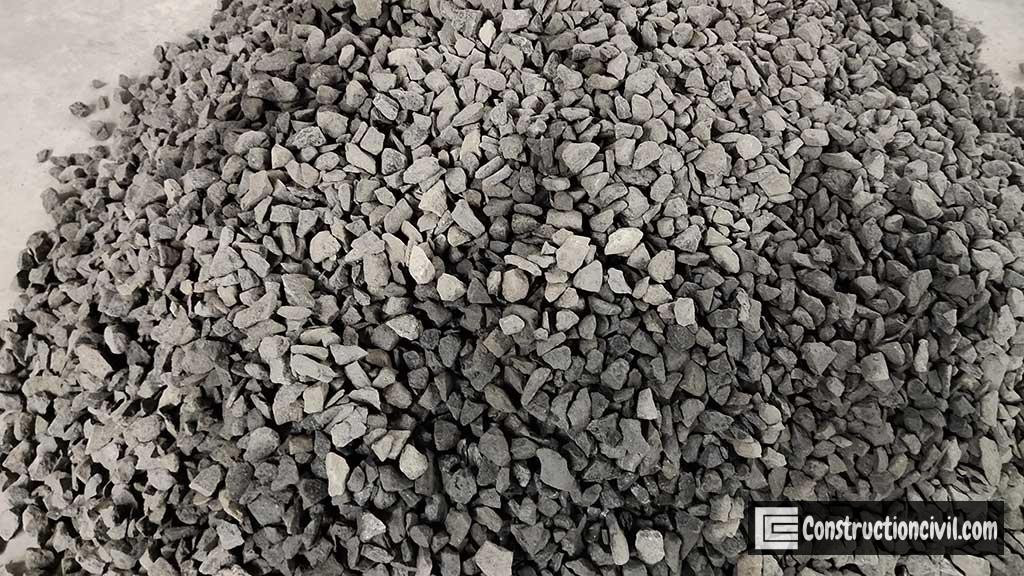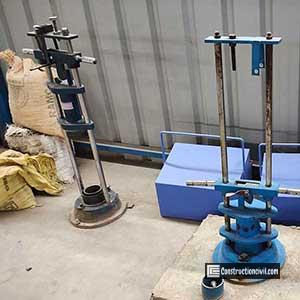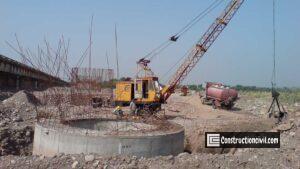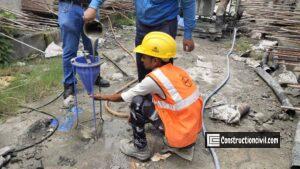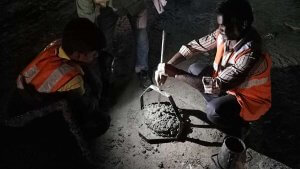The Aggregate impact test is used to determine the aggregate impact value(AIV), which provides a relative measure of the resistance of a coarse aggregate to sudden shock or impact. Due to vehicular movement on the road/structure, the aggregates present in the structural elements are subjected to impact, which tries to break down the aggregate into smaller pieces. With the help of the aggregate impact test (AIV Test), we can measure this factor.
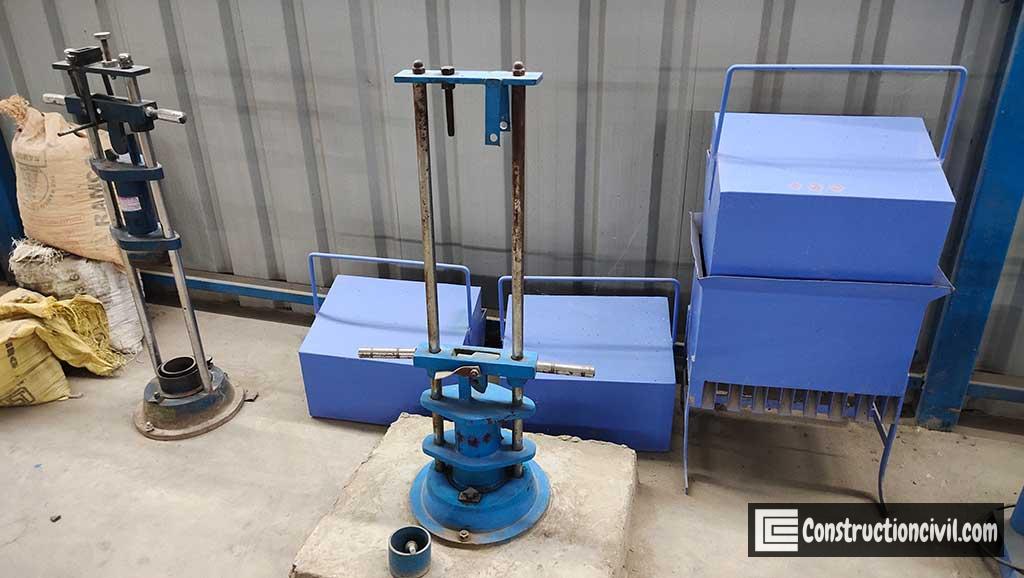
Also, Read: Determination of Sieve Analysis For Fine Aggregate
Aggregate Impact Test Objective:
- The aggregate impact test gives a relative measure of the resistance of an aggregate used in the pavement or structural construction to sudden shock or impact.
- Based on impact value, assess their appropriateness in constructing road layers (base course, surface course ).
- Aggregate impact value is used to classify aggregate quality concerning its toughness property.
Classification of Aggregate Impact value:
Lower Aggregate Impact values indicate aggregates that are stronger or more impact resistant, and the aggregates’ classification is as follows.
- Exceptionally strong: <10 %
- Strong: 10-20%
- Satisfactory for road surfacing: 10-30%
- Weak for road surfacing: >35%
Also, Read: Sieve Analysis of Coarse Aggregate Test – Construction Civil
Aggregate Impact Test Procedure as Per IS 2386 Part-4:
Equipment For Aggregates Impact Test:
- Aggregate Impact Testing machine: An Impact testing machine for aggregate comprising the following.
- The aggregate impact test apparatus should be supported over a level and plane concrete floor or stone block.
- A cylindrical steel cup has an internal diameter of 102mm and a depth of 50mm.
- A metal hammer weighs 13.5 kg to 14.0 kg and has a cylindrical shape of a diameter of 10.0cm and 5.0cm long.
- Hammer should fall freely between the vertical guides from a height of 380 ± 5.0mm onto the test sample in the cup.
Also, Read: Properties of Concrete – Introduction to Good Concrete Practice
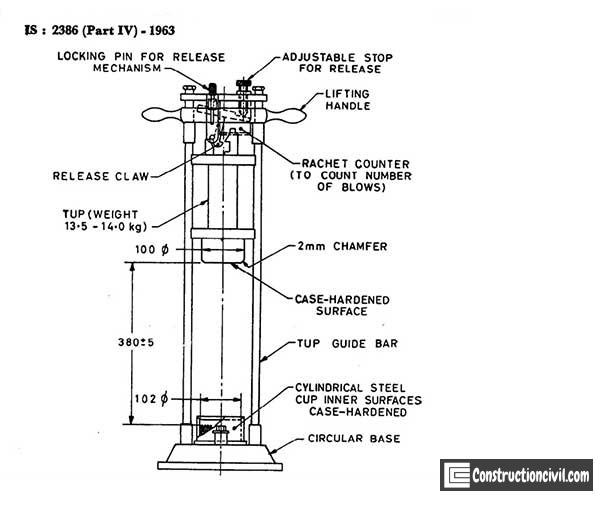
Also, Read: Concrete Ingredients – Important Properties and Tests
- IS sieves of sizes 12.5mm, 10.0mm and 2.36mm
- A cylindrical metal measure, tared to the nearest gram(internal diameter 75mm and depth 50mm)
- Weight balance accuracy of 0.10 gm
- Tamping rod
- Oven
Preparation of Test Sample:
- The test sample consists of aggregate, the whole of which passes through IS sieve of 12.5mm and is retained on 10mm.
- Then dry the sample in an oven at a temperature of 100 to 11O degrees centigrade for 4 hrs.
- After that, cool the sample, place it in the cup in three layers, and compact each layer by tamping 25 times with the tamping rod.
- Then remove the test sample from the cup and take the weight (A).
- Repeat the above process twice more.
Aggregate Impact Test Procedure:
- Place the impact machine on a compact, rigid floor or any level plate without welding and packing.
- Fix the cup firmly on the machine’s base, place the test sample, and compact it with a single tamping rod.
- Then raise the hammer to a height of 38mm from the top surface of the aggregate and allow it to fall free.
- Continue the above process 15 times, each fall being delivered at a 1-second interval.
- Collect the crushed aggregate from the cup and sieve the whole sample with a 2.36mm IS sieve.
- Then weigh the fraction passing through the sieve to an accuracy of 0.1gm (B).
- Again weigh the fraction retained on the sieve (C).
- Tabulate the results as specified below.
Also, Read: Design Mix of Concrete – Detailed Procedure With Calculation
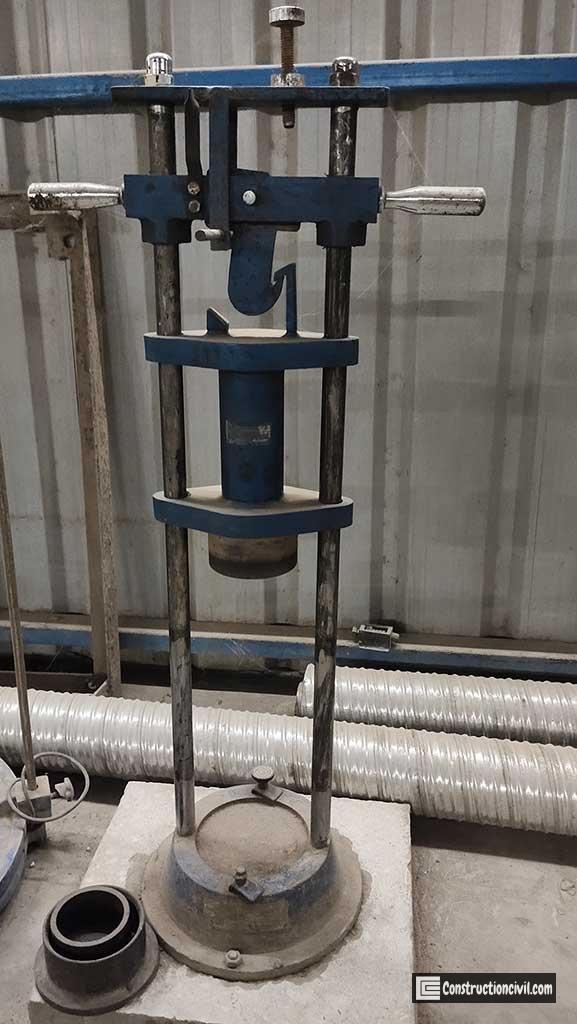
Also, Read: Factors Affecting Strength of Concrete – Construction Civil
AIV Calculation and Interpretation of Results:
The ratio between the weight of fines passing through a 2.36mm IS sieve formed after the aggregate impact test with the total weight of the sample taken in each examination shall be expressed as a percentage. The mean of the two results obtained shall be the nearest whole number as the tested material’s AIV(Aggregate Impact Value).
AIV Test Lab Report Example:
| Description | Unit | Test-1 | Test-2 |
| Weight of oven dry sample passing 12.5mm and retained on 10mm IS sieve, W1 | (gm) | 368 | 371 |
| Weight of fraction retained on 2.36mm sieve after the test, W2 | (gm) | 330 | 334 |
| Weight of fraction passing through 2.36mm sieve after the test, W3 | (gm) | 38 | 37 |
| Loss of material W4 = W1- (W2+W3) | (gm) | 0 | 0 |
| Aggregate Impact Value (AIV) = (W3/W1)x100 | % | 10.32 | 9.97 |
| Average value of A.I.V = | 10.14% |
Also, Read: Laboratory Test on soil – Procedures and Objective
Aggregate Impact Value Limits As Per IS code:
Aggregates are essential ingredients for making concrete, and the properties of concrete are substantially affected by various characteristics of the aggregates used. Aggregate impact values are used to classify the aggregates in respect of their toughness property, and the following are the recommended Aggregate Impact value limits for different types of roads and structures constructed by MORTH and other standard specifications.
- Maximum Aggregate impact value 30% for aggregates to be used in concrete for wearing surfaces such as roads, pavements, runways, tunnel lining carrying water, spillways and stilling basins.
- AIV Not more than 45% for aggregates to be used in concrete other than for wearing surfaces.
- For concrete grades, M 65 and above, more robust aggregates are required, and hence the maximum AIV shall not exceed 22%.
- As per BS 882: 1992 aggregate impact values ranging from maximum 45% to maximum 25% according to the concrete surface wear expectation.
- Heavy-duty concrete floor finishes: 25%
- Pavement wearing surfaces: 30%
- Others: 45%
- Aggregate impact value limits for different types of road construction as per MORTH are as follows.
| Types of Construction | AIV Limits | Method of Test, Ref to |
| Dense Graded Bituminous Macadam | Max 27% | IS 2386 Part IV |
| Bituminous Macadam | Max. 30% | IS 2386 Part IV |
| Bituminous Concrete | Max 24% | IS 2386 Part IV |
| Water Bound Macadam Sub-Base/Base. | Max. 30% | IS 2386 Part IV or IS:5640 |
| Wet Mix Macadam Sub-Base/Base. | Max. 30% | IS 2386 Part IV or IS:5640 |
| Crusher-Run Macadam Base. | Max. 30% | IS 2386 Part IV or IS:5640 |
Also, Read: SPT Test for Soil Procedure, Refusal Conditions & Correction
Code References:
- IS 2386, Part 4 Test of aggregate for concrete, mechanical properties
- IS 460, specification for test sieve
- IS 383, specifications for Coarse and Fine aggregates
